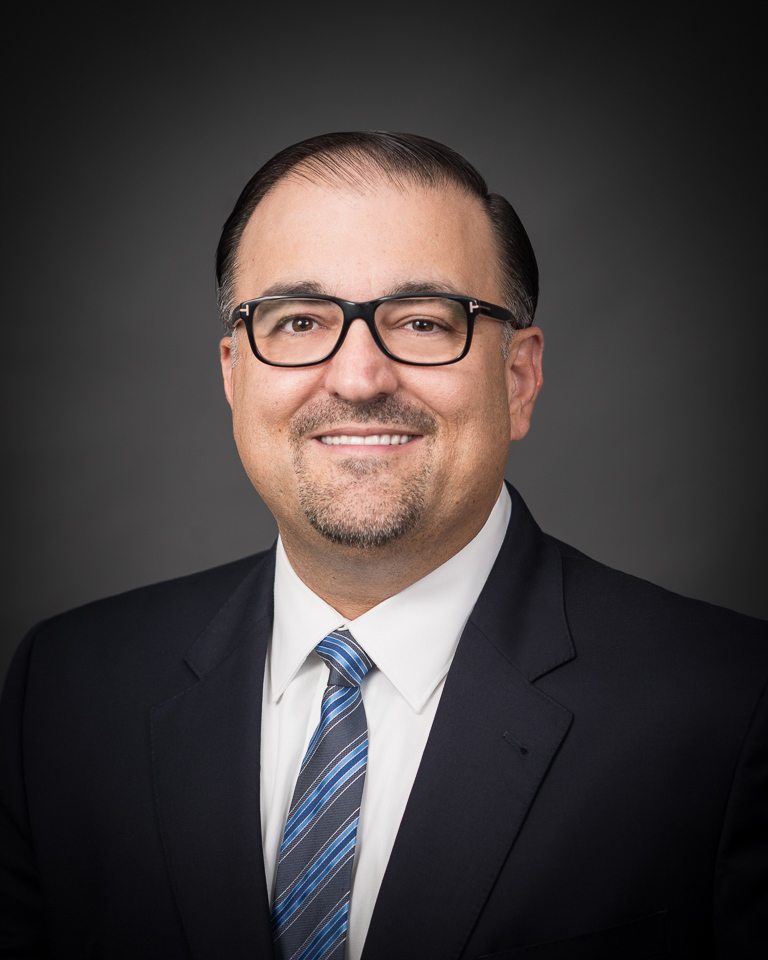The HASD&IC Biweekly Briefing provides timely news and information for HASD&IC members and associates and is published on the first and third Wednesdays of the month. Key articles and issues of interest from each publication, along with the President’s Message, are included below. Media statements and press releases can also be found here.
Newsroom
5 Things To Know: CalAIM Incentive Payment Plan, Retention Payment Program, Monkeypox Resources
CALAIM INCENTIVE PAYMENT PLAN PROGRAM UPDATE: The California Advancing and Innovating Medi-Cal (CalAIM) Incentive Payment Program is intended to support the implementation and expansion of enhanced care management and community supports by incentivizing managed care plans (MCPs) to drive MCP delivery system investment in provider capacity and delivery system infrastructure. It is also intended to bridge current silos across physical and behavioral health care service delivery; reduce health disparities and promote health equity; achieve improvements in quality performance; and encourage take-up of community supports. More information on the MCP Incentive Payment Plan Program Year 1 Gap Filling Plan is available by county (San Diego and Imperial included) on the Department of Health Care Services website. Additional general information on the Incentive Payment Program can be found on the CalAIM Roundtables by Region web pages for San Diego and Imperial counties.
Hospital Input Needed for Workforce Survey
As hospitals face critical employee shortages, workforce data are essential to providing insight on questions about the supply, demand, and distribution of health professionals.
5 Things To Know: Health Services Task Force, Cybersecurity Project, Health Care Scholarships
HEALTH SERVICES CAPACITY TASK FORCE: The All-Hazard Health Services Capacity Management Plan activation level has been elevated from Level 3 Partial Activation to Level 2 Escalated Activation. Over the last week, system metrics have suggested increasing stresses on health care capacity. These indicators include increased emergency department boarders, larger emergency medical services system volumes, and rising wastewater viral detections. Close system monitoring is ongoing to determine the need to escalate to a higher plan level and various mitigation tools may be activated if necessary. Maintaining masking, physical distancing, and other protective practices are vital to minimizing the level of the current patient surge, and vaccinations and boosters against COVID-19 and influenza are strongly encouraged. The Health Services Capacity Task Force Operational Group continues to meet regularly, and sector representatives will provide important updates, facilitate information sharing, and recommend coordinated plan actions to optimize health care delivery countywide.
HASD&IC Board of Directors Meeting Summary
The HASD&IC Board of Directors convened on July 6. Board Chair Tom Gammiere, corporate SVP/Regional Chief Executive – South, Scripps Health, officiated. Recognition and thanks were expressed for Robert Smith, MD, who retired from VA San Diego Healthcare on June 30 and served on the HASD&IC Board since 2016.
5 Things To Know: Pharmacy Fraud Scheme, Behavioral Health Access, Vaccine Administration Claims
SAN DIEGO COUNTY BOARD OF SUPERVISORS: On June 28, the County of San Diego Board of Supervisors unanimously adopted a $7.36 billion budget for the 2022-23 fiscal year, with significant investments in behavioral health, homelessness, equity, racial justice, and climate change. Additionally, the board unanimously declared fentanyl as a public health crisis, which will direct county staff to develop a comprehensive strategy to address this crisis and devote more resources to fentanyl education, treatment, recovery, and harm reduction strategies. Board Chair Nathan Fletcher also indicated the county is expected to receive $100 million from a lawsuit settlement with opioid manufacturers, and funding could be directed toward the effort. From August to October, the county will host workshops to get feedback from the community on how to prioritize settlement dollars, and the board will meet in October to consider a framework. Lastly, the board unanimously approved all recommendations and actions to enhance human trafficking prevention and service coordination efforts to support survivors. With this action, the county also authorized procurement to establish peer support navigation services for adult survivors
5 Things To Know: COVID-19 Rebound After Paxlovid, Workforce Development Grant, Alternatives to Incarceration Report Findings
ALTERNATIVES TO INCARCERATION: On May 24, the San Diego Association of Governments presented its Initial Interim Report on Alternatives to Incarceration to the San Diego County Board of Supervisors. Among some of the findings:
